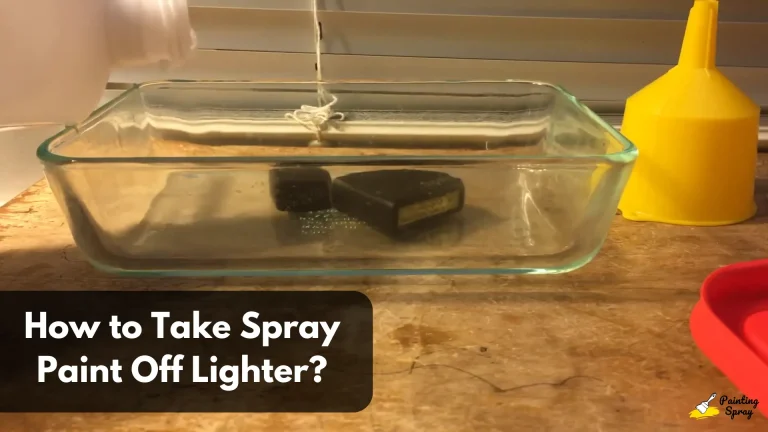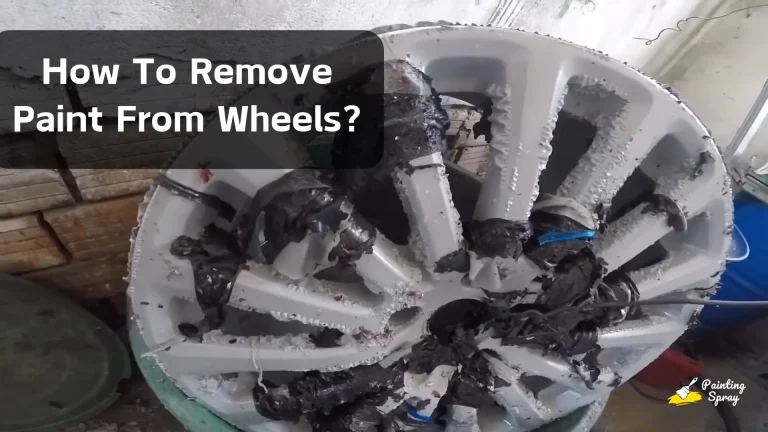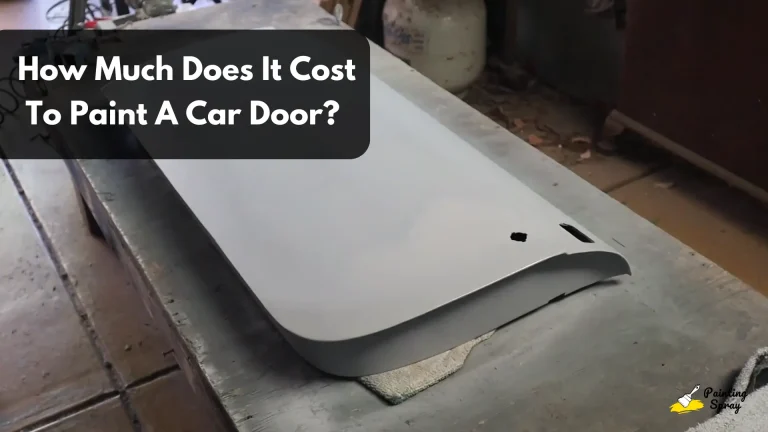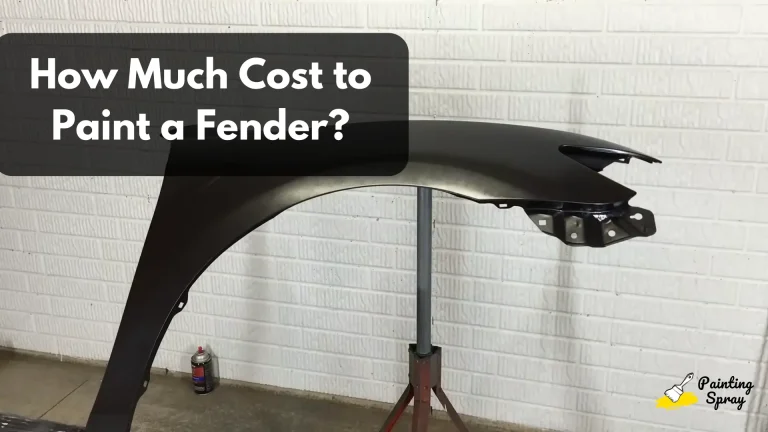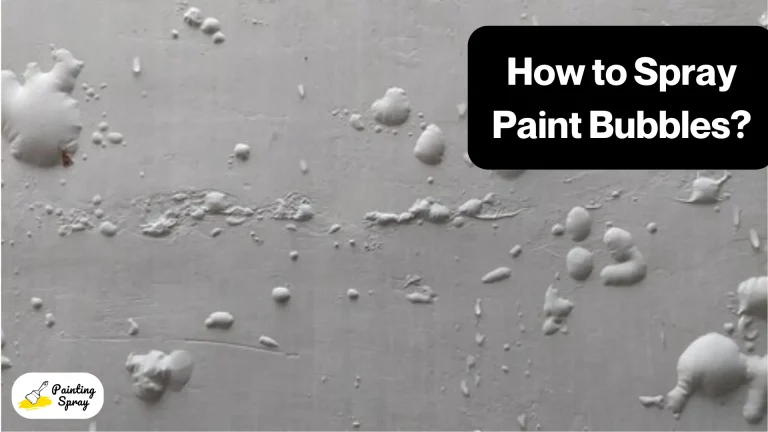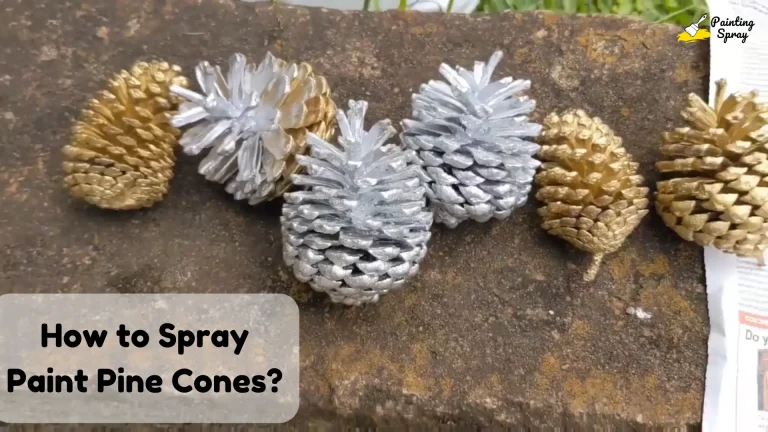Can You Use Spray Paint on EVA Foam? Understanding Techniques and Best Practices

If you’re diving into crafting with EVA foam, you might wonder about the best ways to paint it. You can definitely use spray paint on EVA foam, but it’s essential to select the right type to ensure your project looks great and the paint lasts.
Many crafters have found that using flexible spray paints or those specifically made for foam can produce vibrant colors without damaging the material.
Before you start spraying, you’ll want to prepare the foam properly. Clean the surface to remove any dust or oils that could interfere with adhesion.
Sealing the foam is another important step; it helps the paint go on more evenly and enhances durability. Knowing these tips will help you achieve a professional finish for your projects.
As you explore the possibilities with spray paint on EVA foam, you’ll discover a world of creative opportunities. Whether you are making costumes, props, or artistic pieces, the right approach to painting can elevate your work significantly. Let’s take a closer look at the techniques and materials that will help you succeed.
Understanding EVA Foam
EVA foam, or ethylene-vinyl acetate foam, is a popular material for various projects, especially in crafting and cosplay. Its unique properties make it suitable for creating costumes, props, and even home decor.
Types of EVA Foam
EVA foam comes in different densities and thicknesses, which affects its use in projects. Common types include:
- Soft Foam: Light and flexible, ideal for costume applications where comfort is key.
- Medium Foam: Offers a balance between firmness and flexibility, often used for props and accessories.
- Firm Foam: Rigid and sturdy, suitable for structural pieces like armor or bases in large projects.
You can also find EVA foam in various colors and finishes, including sheets, rolls, or pre-cut pieces. This variety allows you to choose the best option for your specific crafting needs.
Benefits for Crafting and Cosplay
EVA foam provides several advantages for craft projects:
- Lightweight: Easy to handle, making it great for costumes you’ll wear for long periods.
- Durable: Resistant to wear and tear, ensuring your creations last.
- Versatile: Adaptable for multiple applications, from detailed cosplay costumes to simple home decor.
The ease of cutting and shaping EVA foam allows for creativity. You can easily mold it with heat, creating unique designs. Additionally, it can be painted effectively, making it suitable for a wide range of finishes in your projects.
Preparation and Priming
Before painting EVA foam, preparation is key for a smooth and lasting finish. Properly cleaning and priming the surface will improve paint adhesion and enhance the overall look of your project.
Cleaning and Sanding EVA Foam
Start by cleaning the foam surface to remove any dust, dirt, or oils. Use a slightly damp cloth to wipe it down, ensuring it is completely dry afterward. This step is essential for creating a clean surface that paint can adhere to effectively.
Next, use sandpaper to gently roughen the foam. Opt for fine-grit sandpaper (around 220 grit) to avoid damaging the material.
Sanding helps the primer stick better and creates a textured surface for paint application. Focus on edges and areas that might be more prone to wear and tear.
If you have visible seams or imperfections, consider filling them with PVA glue before sanding. This helps create an even surface for painting while significantly enhancing durability.
Applying Primer for Enhanced Adhesion
Once your foam is clean and sanded, it’s time to apply a flexible primer. Using a flexible primer is crucial because it allows the foam to maintain its flexibility without cracking. Options like Flexbond and Mod Podge work well for this purpose.
Apply a thin, even coat of primer using a spray can or brush. Make sure to cover all surfaces of the foam. If using a spray, hold it about 6-12 inches away to avoid pooling.
Allow the primer to dry completely before applying paint, following the manufacturer’s instructions for drying times.
If necessary, you can apply a second coat of primer for extra adhesion. This extra step is beneficial for large or highly detailed projects, ensuring the surface is well-prepared for painting.
Spray Painting Techniques
When spray painting EVA foam, using the right materials and techniques can make a significant difference. Proper preparation, application, and creative methods enhance the finish and durability of your project.
Choosing the Right Spray Paint
Selecting the right spray paint is critical for success. Acrylic spray paints work best for EVA foam because they adhere well and remain flexible. Avoid lacquer or oil-based paints, as they can crack and peel due to the foam’s properties.
Before starting, check that the paint is compatible with foam. Look for labels indicating suitability for plastic or flexible surfaces. If you’re unsure, test on a small area first. Keep a variety of colors handy to achieve unique effects in your designs.
Application for Even Coverage
Achieving even coverage is key to a professional-looking finish. Start by laying down drop cloths to protect your work area. Hold the spray can or gun about 6-12 inches away from the foam surface to prevent drips.
Apply several light coats instead of one heavy coat. Allow each layer to dry completely between applications, typically around 15-30 minutes, depending on the paint and environmental conditions. This method promotes better adhesion and minimizes peeling or cracking. Be mindful of wind if working outdoors, as it can affect your spray.
Creating Textures and Details
You can add creative textures and details using various techniques. For example, use a sponge dabber to apply paint for a mottled effect. You can also create gradients by blending different colors while the paint is still wet.
Consider using a spray gun for more control over fine details. Adjust the nozzle to create different spray patterns. For added depth, you can also stipple or layer different shades after the base coat dries. Experimenting with techniques allows you to personalize your project uniquely.
Sealing and Finishing Touches
Sealing your EVA foam is essential to prevent paint absorption and ensure a smooth finish. Proper sealing enhances durability and enhances the overall look of your project. Here’s how to effectively seal your foam and add finishing touches.
Selecting Appropriate Sealants
When choosing a sealant for EVA foam, consider its compatibility with your chosen paint. Water-based sealants are ideal, as they maintain flexibility and work well with latex paint and acrylic paint. You can also use polyurethane sealants for extra durability.
Look for sealants labeled as non-toxic if you’re working on costume pieces. Always test a small area before applying it to the entire surface to ensure there are no adverse reactions.
Some effective sealants include:
- Mod Podge: Great for a smooth finish.
- Flex Seal: Offers good flexibility and protection.
- Krylon Clear Coat: Provides UV protection.
Applying the Sealant for Durability
To apply your chosen sealant, first ensure that your EVA foam is clean and dry. Use a foam brush or a spray can for an even coat. Apply the sealant in thin layers, allowing each layer to dry completely before adding the next. This helps prevent drips and ensures even coverage.
For maximum durability, apply at least two to three coats of sealant to protect against wear and tear. After sealing, your foam will be ready for spray painting without worrying about uneven absorption.
Make sure to seal edges and seams well, as these areas are more prone to damage. Wait about 15-20 minutes between coats to let each layer dry.
Final Aesthetic Enhancements
After sealing your EVA foam, consider adding finishing touches that enhance its appearance. You can create gradients by mixing colors of your chosen paint. Using fabric paint or flexible paint can add texture and depth.
To mimic weathering, use a dry brush technique with a lighter color to highlight certain areas. This gives a more realistic look to your project.
Feel free to add some glitter or embellishments to make the piece stand out.
Remember, careful application of paint and enhancements will significantly affect the final look of your project. Take your time and enjoy the creative process.
Frequently Asked Questions
Spray painting EVA foam involves specific techniques and materials for the best results. Understanding the right tools and methods can help you achieve a great finish for your projects.

